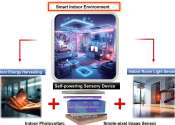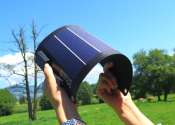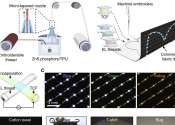Advanced full-color image sensor technology enables simultaneous energy harvesting and imaging
Organic-based optoelectronic technology is increasingly recognized as an energy-efficient solution for low-power indoor electronics and wireless IoT sensors. This is largely due to its superior flexibility and light weight ...
Jan 25, 2024
0
32









